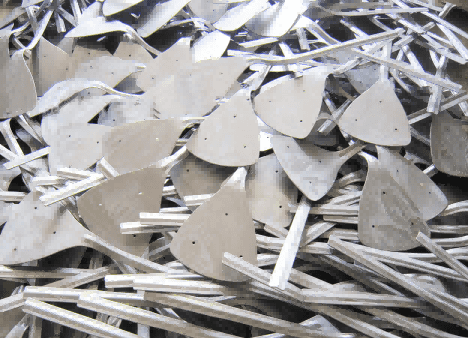Heat Vulcanization Issues with HTV Unmold Silicones and Metals
23 Jun 2023
The number of silicone auto parts is increasing gradually. With the production of this type of product, manufacturers will encounter many problems.
Today, we will cover the problem of heat vulcanization of unformed silicone and metal in molds

Molded or injection molded parts are not sticky or partially sticky for several reasons:
1. The metal has not undergone early degreasing treatment, and there is oil on the surface of the metal during plating
2. After brushing the silicone glue (silicone treatment agent) on the surface of the hardware product, it is not cooled for 30 minutes or baked at a medium temperature (100~130°C), and then directly molded on the machine;
3. The hardware surface is not galvanized or nickel plated products, but chrome plated. Chromium is a kind of difficult-to-adhesive material, after surface sandblasting and hydrochloric acid treatment, it can be coated with silica gel (silicone treatment agent);
4. The surface of the metal is too smooth. For example, when we climb a wall, the smoother the surface, the harder it is to climb. Similarly, the chemical reaction between silica gel and the metal surface, the larger the surface crosslinking area, the stronger the bonding fastness, so as long as the hardware surface is sandblasted, hydrochloric acid treatment brush silicone (silicone treatment);
5. The selected silicone or silicone treatment agent does not correspond. As we all know, doctors need to prescribe the right medicine in order to get quick results. The bonding of silicone and hardware also requires corresponding glue or treatment agent to be firmly bonded together. Replace it with corresponding silica gel (silica gel treatment agent).






